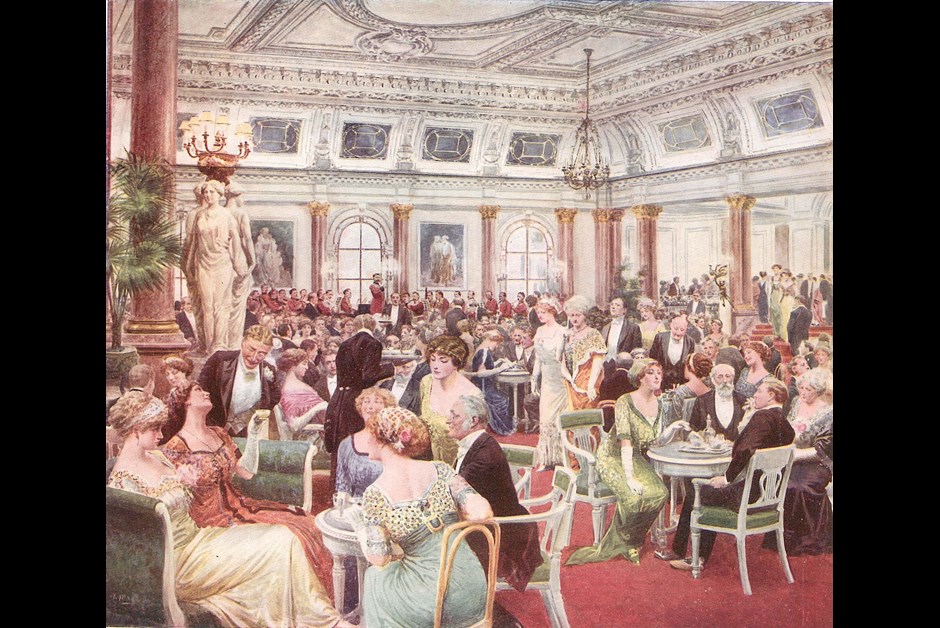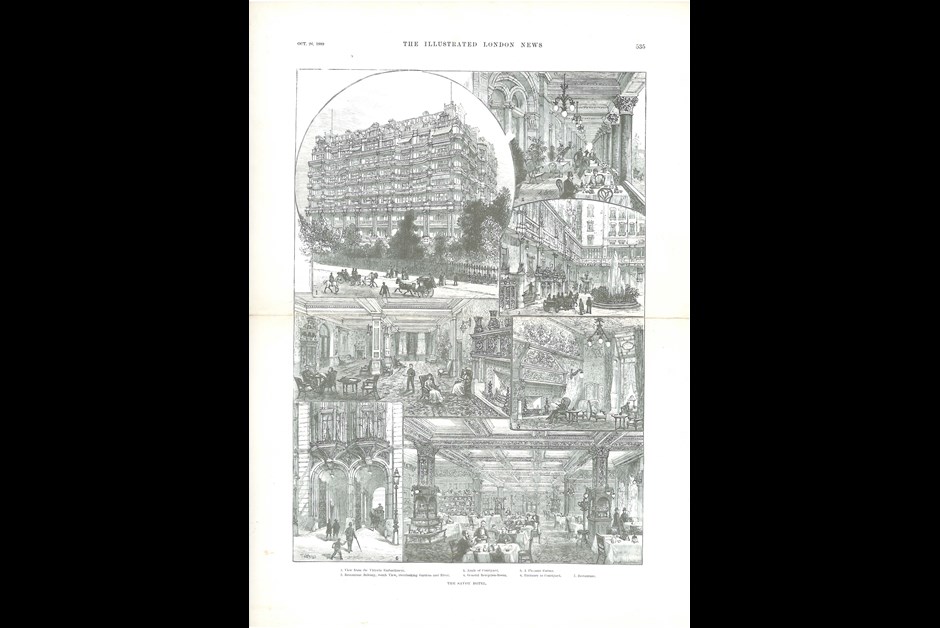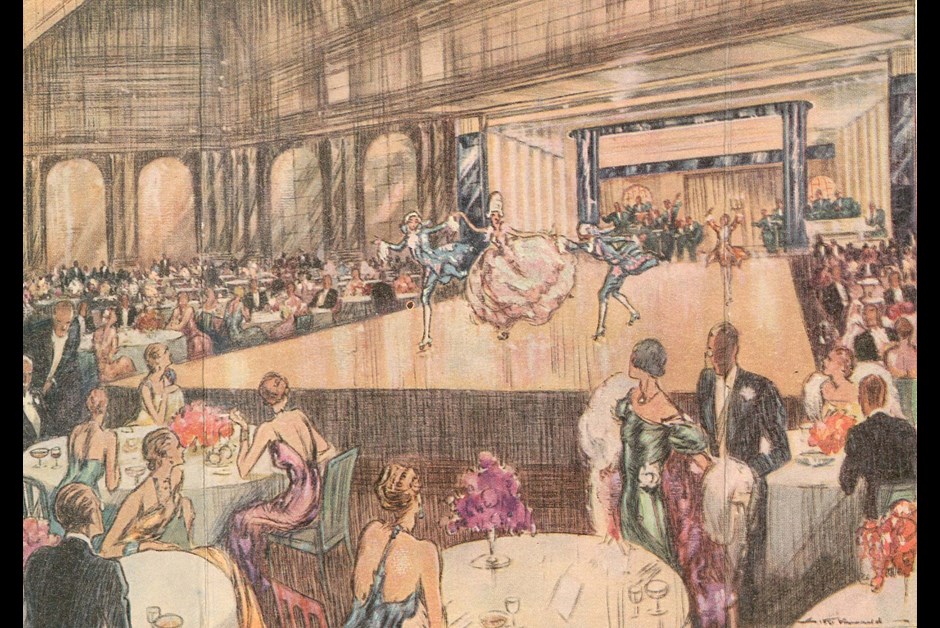Why is The Savoy called "The Savoy"?
Learn more about The Savoy, A Fairmont Managed Hotel or make a booking.
Peter of Savoy first came to England in late 1240, as a friend and ally of King Henry III who was married to Peter's niece, Eleanor of Provence. King Henry gave Peter the title 'Earl of Richmond' and in 1246 also granted him an estate: the site "in vico qui vocato la straunde" ("in the place called The Strand") by the Thames, where Peter began to build his Savoy Palace.
The palace was built on the most luxurious plan; "a handsome building on the Road to Westminster, situated on the banks of the Thames" said Froissart in his Chronicles, while John Stow simply described it as "the fayrest Mannor in Europe".
In 1262, Peter left England for the Continent, where he succeeded his nephew as the tenth Count of Savoy in 1263. He returned briefly to his London home in 1265 but died in France in 1268.
The Savoy Palace reverted to the Crown, becoming the residence of the Dukes of Lancaster for the next hundred years (for this reason, the entire Savoy site remains to this day part of the Duchy of Lancaster). The final resident Duke was the hugely unpopular John of Gaunt. John's introduction of a Poll Tax led to the Peasants' Revolt of 1381, during which the Savoy Palace was stormed, set on fire and razed to the ground.
A descendent of John Of Gaunt, Henry Tudor (King Henry VII) founded a hospital to be built on the site of the old Savoy Palace in 1505, but work did not really begin on the building until after his death in 1509, when a combination of the endowment left in his will, and the agreement of Henry VIII allowed the work to proceed as planned. The hospital seems to have opened around 1517. Since patient recovery relied as much on the power of prayer as medical intervention at that time, several chapels were built to service the hospital, and The Savoy Chapel standing in Savoy Hill next to the hotel incorporates remnants of the outer walls of one of these Tudor chapels into its walls.
The Savoy Hospital enjoyed a chequered career over the next three centuries: evolving from a civilian to a military hospital, to a military prison, and ultimately to a civilian prison. The prison eventually closed, and the site was gradually demolished and redeveloped throughout the 19th century. The approach road to Waterloo Bridge, and the building of the Embankment, which moved the Thames waterfront significantly further away from the Strand, both required particularly large areas of the site to be redeveloped.
In the mid-1870s, when theatrical impresario Richard D'Oyly Carte looked for land on which to build a theatre, this part of London was perhaps a little run-down. There were (as today) many other theatres in the immediate vicinity, including the famous Gaiety Theatre just over the road. D'Oyly Carte demolished some indifferent residential and commercial properties to built the Savoy Theatre, which he named after the site of the Savoy Palace. The theatre opened in 1881, and was an immediate success. Having bought further land between the theatre and the Embankment, D'Oyly Carte began building work in 1884 and the Savoy Hotel opened in 1889, a "new Savoy Palace" trumpeted the advertisements.
Count Peter is commemorated by the golden statue which stands guard over the Strand entrance to The Savoy. This was created by Frank Lynn Jenkins and installed in 1904.





